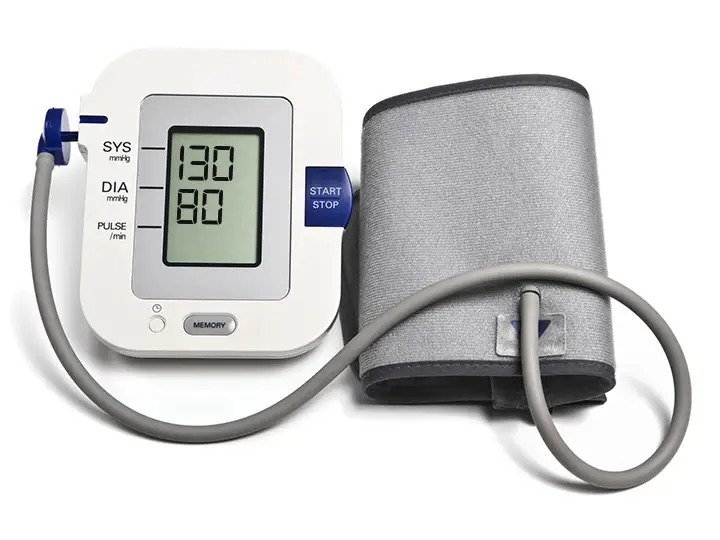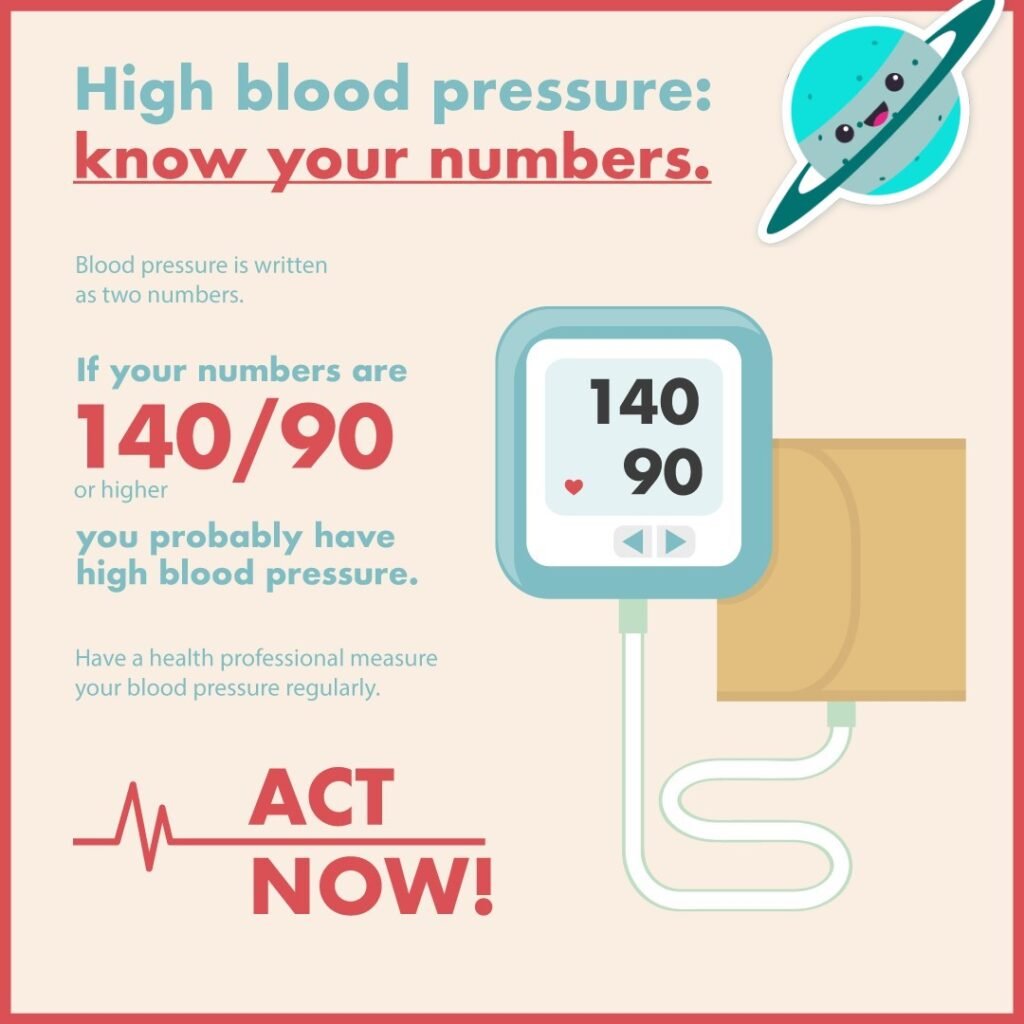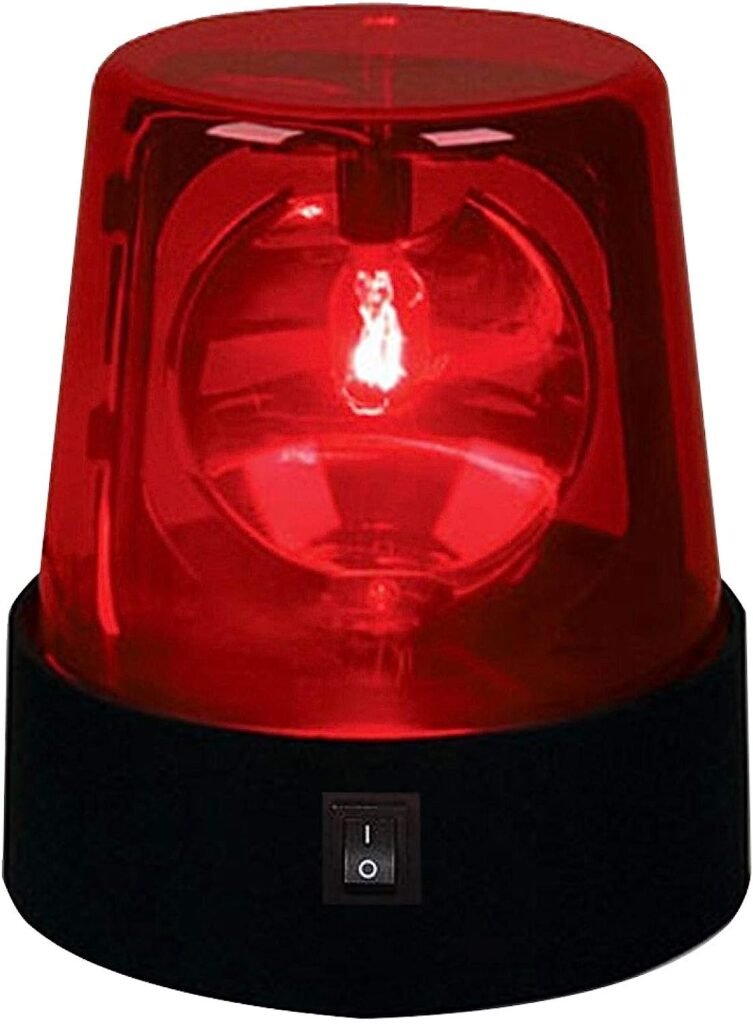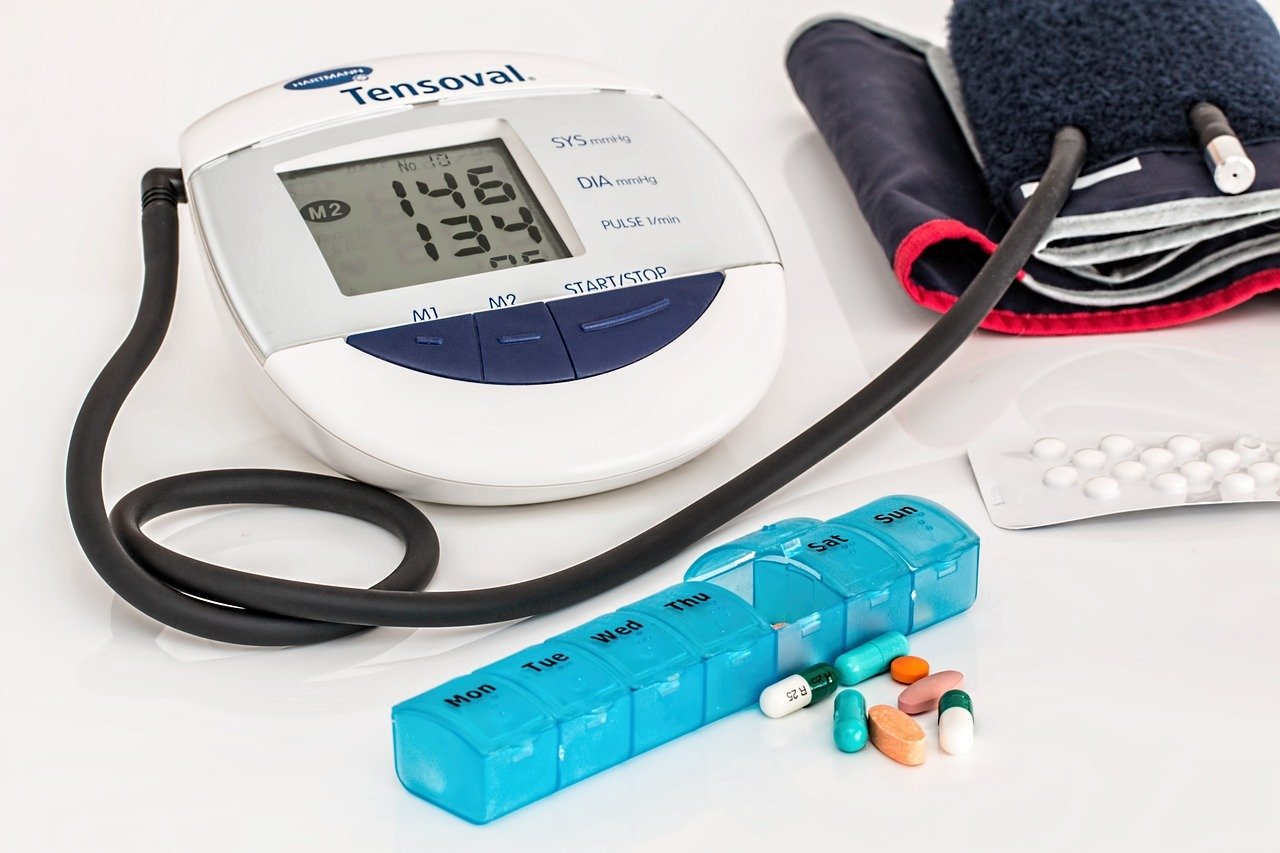Taking the Pressure Off: Understanding Your Numbers and When to Seek Help
Your heart beats, blood surges, and a number flashes on the screen – 160/90. What does it mean? Is your blood pressure high? Let’s crack the code of blood pressure readings and understand when those numbers call for a doctor’s visit.

Decoding the Code:
Blood pressure readings come in pairs, a teamwork duo. The systolic pressure (top number) is the muscle man of the team, representing the force exerted by your heart as it pumps. The diastolic pressure (bottom number) is the chill friend, measuring the pressure between heartbeats.
Normal? Prehypertension? High? Let’s Sort It Out:

- Green Zone: As per the American Heart Association (AHA), healthy blood pressure swings below 120/80 mmHg. Cheers to low numbers!
- Prehypertension: Readings between 120/80 and 129/84 mmHg fall into the prehypertension zone. It’s not high yet, but a wake-up call to adopt healthier habits.
- Stage 1 High Blood Pressure: This category starts at 130/80 to 139/89 mmHg. Your blood pressure is starting to get a bit pumped up, and it’s time to visit your doctor.

- Stage 2 High Blood Pressure: Now we’re talking serious business. Readings of 140/90 mmHg or higher fall into this category, requiring immediate medical attention.

160/90 – Red Alert in the Number Game:
A reading of 160/90 lands smack in the middle of Stage 2 high blood pressure. Imagine that red flashing light on a police car siren – it’s a sign things need to change, fast.

Why the Worry with High Blood Pressure?
This silent threat lurks in the shadows, increasing your risk for:
- Heart Attack: The extra pressure makes your heart work overtime, pushing it closer to a critical breakdown.
- Stroke: High blood pressure weakens your blood vessels, making them more prone to bursting or getting blocked, leading to a stroke.
- Kidney Damage: Over time, high blood pressure can damage the delicate filters in your kidneys, putting them at risk of failure.
- Other Health Issues: This silent villain can also play a role in vision problems, dementia, and even erectile dysfunction.
Taking Action – From Panic to Power:
Facing a 160/90 reading? Don’t panic, but proactively take charge. Here’s your action plan:
- Doctor’s Visit ASAP: They’ll assess your situation, guide lifestyle changes, and potentially prescribe medication if needed.
- Healthy Habits Embrace: Quit smoking, limit alcohol, maintain a healthy weight, exercise regularly, and eat a balanced diet rich in fruits, vegetables, and whole grains.
- Stress Management: Chronic stress can raise your pressure. Practice relaxation techniques like meditation or yoga to keep your cool.
- Monitor Regularly: Track your readings with a reliable home blood pressure monitor and keep your doctor informed.
Remember: High blood pressure can be managed, but it requires active intervention. By taking control, you significantly reduce your risk of serious health complications and live a long, healthy life.
Don’t Hesitate to Seek Help: Your doctor is your partner in managing your blood pressure. Be open and honest about your concerns, and work together to develop a personalized plan for optimal health.
Let’s Raise Awareness & Build a Community: Share your experiences and tips for managing blood pressure in the comments below! Together, we can build a community of informed individuals taking charge of their well-being.

